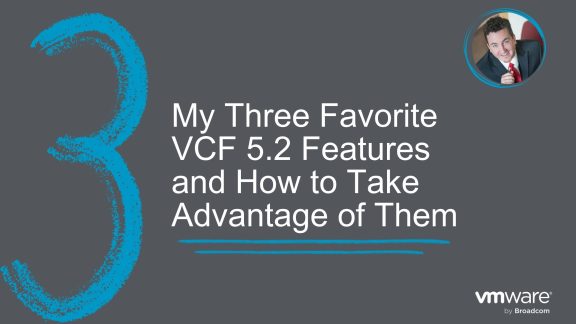Implementing a private cloud within an existing environment can seem daunting. But it doesn’t have to be. With the right strategies and a full-stack approach, any organization can create an effective and cost-efficient provisioning environment that delivers stability at scale.
Read on for excerpts from our latest white paper on private cloud for the most common provisioning challenges affecting IT environments and how they can be mitigated with a holistic approach to configuration management.
6 common provisioning challenges
Each of these challenges can be addressed with system-wide solutions to minimize downtime.
1. Complexity: As systems grow in size and scope, it’s harder to manage configurations and dependencies across components.
2. Manual processes: Heavy reliance on manual configuration and maintenance increases the likelihood of errors and inconsistencies, causing system instability.
3. Rapid changes: Continuous updates, patches, and technology changes amplify complexity and can introduce unforeseen compatibility issues or errors.
4. Lack of standardization: Inconsistent configurations across multiple environments or components result in difficulties maintaining stability.
5. Resource constraints: Limited resources or infrastructure constraints strain the capacity to effectively manage and monitor large-scale systems.
6. Dependency chains: Interconnected infrastructure dependencies can create vulnerabilities and trigger a chain reaction of system-wide issues if one component fails.
Efficient configuration management ensures consistency and stability across the private cloud environment. This includes establishing standards, tracking configurations, and implementing change management processes to maintain a reliable and secure infrastructure.
Create reliable configurations
Positioning workloads on the most appropriate infrastructure resources based on predefined criteria such as specific requirements, location, cost, or compliance ensures optimal performance, cost efficiency, and adherence to compliance and policy requirements.
Considerations for reliable configuration include the following.
Version control
- Organize files into logical structures within version control systems.
- Define branching strategies for development, testing, and production environments, enabling proper code isolation and controlled promotion of changes.
Immutable infrastructure
- Recreate resources with updated configurations rather than create in-place modifications.
- Emphasize replacement over modification to ensure consistency and predictability.
Idempotency and consistency
- Ensure script operations are idempotent, allowing repeated execution without changing the system’s state after initial setup.
- Use the same codebase or templates for different environments to maintain consistency and reduce divergence.
Automated testing
- Implement automated unit tests to validate scripts and ensure the correctness of configurations and deployments.
- Test integration components to validate their behavior and functionality in a simulated environment.
Parameterization and variables
- Utilize variables and parameterization, making scripts dynamic and allowing customization of different environments or configurations.
- Avoid hard-coding sensitive data in files and use secure methods like environment variables or secrets management.
Change management and documentation
- Implement change management processes to track modifications to code and ensure proper review and approval before deployment.
- Maintain detailed documentation describing infrastructure components, configurations, and deployment procedures to facilitate understanding and troubleshooting.
Continuous integration / continuous deployment (CI/CD)
- Implement CI/CD pipelines to automate building, testing, and deploying infrastructure changes, ensuring rapid and reliable deployments.
- Define workflows, including testing, approval gates, and automated deployment stages for code changes.
Monitoring and observability
- Implement monitoring to track the impact of infrastructure changes, enabling quick detection and response to issues.
- Integrate logging and metrics to gain visibility into the performance and behavior of deployed resources.
Collaboration and governance
- Implement role-based access control (RBAC) to control access to code and deployment processes.
- Define and enforce governance policies to ensure compliance, security, and adherence to standards across deployments.
Follow these recommendations to implement a stable, flexible private cloud environment primed for business growth.
Learn more
If your organization wants to gain a competitive advantage by implementing a private cloud, a comprehensive approach with a solid strategy and clear roadmap ensures that your efforts align with business goals and avoid possible pitfalls such as prolonged timelines and escalated costs. Learn more about taking a full-stack approach to implementing private cloud from our latest white paper, “Beyond the Basics: Actionable Guidelines to Implement Private Cloud,” where you’ll find valuable, easy-to-follow checklists and clickable sections to optimize your time.





